“How to properly use a bidet” is one of the most-searched bathroom questions for a reason. If you are trying a bidet for the first time, you want simple, clear answers: where do you sit or stand, which button do you press, how do you set the water temperature and pressure, and how do you finish without feeling damp? This guide explains the correct way to use every major type of bidet—bidet toilet seats, freestanding basins, handheld sprayers, simple attachments, and portable options—so you feel confident and clean from day one.
You’ll learn quick steps you can use today, with detailed help on positioning, nozzle aim, and safety. We’ll answer the most common questions people ask: What is the correct way to sit on a bidet? Do you wipe before or after using a bidet? How are you not wet after using a bidet? What is proper bidet etiquette at home and when you travel? We’ll also cover drying options, care for sensitive skin, gentle settings for hemorrhoids or postpartum healing, maintenance tips, leaks and splash control, environmental savings, and a simple buying checklist.
Short on time? Skim the quick checklist in the next section, then come back for deeper tips on comfort and hygiene. By the end, you’ll know exactly how to position your body, adjust water temperature and water pressure, and finish dry—no guesswork and no mess.
Step-by-Step: How to Properly Use a Bidet
Using a bidet may feel unfamiliar at first, but it’s easy once you know the steps. This guide shows how to properly use a bidet, adjust water pressure and temperature, and finish dry, making every visit comfortable, hygienic, and mess-free.
Universal quick-start checklist (all bidet types)
-
Finish using the toilet. Keep underwear and clothing clear of the spray path.
-
Test the water with your hand first. Start at the lowest pressure and cool-to-lukewarm temperature.
-
Adjust pressure, position, and spray width slowly until the stream hits the right spot.
-
Clean for 20–60 seconds. Move your body slightly forward/back and side-to-side for full coverage.
-
Dry: dab with 2–4 squares of toilet paper, use a dedicated bidet towel, or use a built-in warm air dryer.
-
For handheld sprayers or attachments, close the shutoff/T-valve after use to prevent leaks.
The key point is to start gentle, aim carefully, and make small adjustments. You’ll find your comfort settings fast.
Bidet toilet seats and attachments (stay seated; “Wash”/nozzle adjust)
If your home has a bidet toilet seat or a simple bidet attachment, you’ll stay seated on the toilet the whole time. Sit all the way back on the toilet seat, then lean your torso slightly forward. This centers your perineum over the nozzle so the stream of water reaches the area easily. On an electronic bidet with buttons or a remote control, press “Wash” or “Rear,” then use the controls to fine-tune:
-
Nozzle position: forward/back to find the right spot.
-
Pressure: start low, then adjust up if needed.
-
Temperature: cool-to-lukewarm for comfort; avoid hot water on sensitive skin.
-
Oscillate or wide spray: for more coverage or extra body hair.
-
“Front”/“Feminine” mode: a gentle forward-aimed spray for the vulva.
On a manual bidet attachment (non-electric), turn the dial very slowly. These units often have cold water only, so go gentle on pressure and use shorter spray cycles if your skin is sensitive.
This answers a common question: how to use a bidet with buttons? Start with “Wash,” then adjust nozzle position, pressure, and temperature in small steps until you feel a steady, comfortable clean.

Freestanding bidets (European style)
A freestanding bidet is a separate fixture that looks like a low basin next to the toilet. After you use the toilet, you can face the controls or face away—whichever gives better aim and balance. Some people sit, others straddle the bidet and hover. Turn on the faucet, test the water with your hand, and set a mild flow. Then position your body so the water reaches the genital and anal areas you want to clean. Move your hips slightly to rinse fully. When you’re done, turn off the faucet, dab dry, and wash your hands.
If you’re new to a standalone bidet, take an extra few seconds to test the temperature. Hot-and-cold taps can change quickly.
Handheld sprayers and portable travel bidets
With a handheld bidet sprayer (also called a shattaf), stay seated on the toilet. Aim from the front or back based on your anatomy and comfort. Squeeze the trigger gently to start a light water flow. Keep the sprayer a few inches away from your skin, and move the nozzle to cover the area. Release the trigger to stop. Dab dry.
A portable bidet works the same way, but it is a small bottle or battery unit. Fill it with water, point the nozzle, and squeeze. These are useful in hotels, at a friend’s home, or for postpartum care on the go.
Positioning, Controls, and Customization
Getting the most from your bidet isn’t just about turning it on—it’s about finding the right position, dialing in the perfect water pressure, and adjusting settings to suit your body. Whether you’re using a bidet toilet seat, a freestanding unit, or a handheld sprayer, understanding how to customize the controls and position yourself properly ensures a thorough, comfortable, and hygienic clean every time.
Body positioning by anatomy, BMI, height, and body hair
There is no one “perfect” posture, but there is a correct method: sit back fully, then make small micro-moves to center the area you want to clean. If you are taller, you may lean a little further forward; if you are shorter, you may scoot back a bit. If you have more body hair or a higher BMI, longer spray time and an oscillating or wide mode help the spray reach around contours. If you can, relax your pelvic floor—the water will reach better, and you won’t need as much pressure.
If you have a vulva, a slight forward lean often improves coverage. If you have a penis and scrotum, aim the spray behind the scrotum toward the anus, then adjust forward only if you need a front rinse. If you’re using a standalone bidet, pick the sitting direction that lets you control the taps without twisting.
Dialing in comfort—temperature, pressure, nozzle, spray width
Think low and slow. Start with cool-to-lukewarm water. Strong heat feels nice at first, but it can dry or irritate the skin. Begin at the lowest pressure setting and increase it just enough to clean. Adjust nozzle position until the stream hits the center of the area. Try a wider spray or an oscillating mode to cover more area without turning the pressure up.
If you have an electric bidet seat that lets you save presets, set a gentle “Rear” wash and an even gentler “Front” wash. If you share the toilet, label presets by user so no one gets surprised by high pressure or heat.
Front-to-back hygiene protocol (especially for women)
Front-to-back cleansing lowers the risk of moving bacteria from the anus toward the urethra. Based on MedlinePlus, proper perineal hygiene is recommended to prevent infections, particularly for women. Aim the spray so water flows front to back, or rinse the front and back in separate short cycles without crossing the stream. If needed, do a brief re-aim to finish. Avoid soap unless a clinician has advised it; water alone is enough for daily personal hygiene, and soaps can dry or irritate sensitive skin.
Are bidets safe for women and UTI prevention? A gentle, front-to-back rinse with clean water is considered safe for most people. It supports general UTI prevention habits like wiping front to back and avoiding harsh products.
Drying and Finishing Techniques
After rinsing with a bidet, drying properly is key to feeling clean and comfortable. From toilet paper and personal bidet towels to built-in warm air dryers, knowing the best finishing techniques helps you stay dry, gentle on your skin, and ready to go.
Toilet paper vs. bidet towel vs. warm air dryer
You have three good options to finish dry. Toilet paper is the fastest: use 2–4 squares to dab, not rub. A dedicated bidet towel saves paper; keep one towel per person and wash it often. An air dryer on an electronic bidet is the hands-free route; it takes longer but feels gentle on sensitive skin. If you have irritation or hemorrhoids, a dryer or soft dabbing can be more comfortable than wiping with toilet paper alone.
Speed and comfort tips
If you want the fastest, driest finish, combine methods: use the warm air dryer for 30–60 seconds, then dab once with 1–2 squares of paper. This shortens drying time and keeps you from getting chilled. If your skin feels dry, turn the dryer heat down and dab instead of rubbing. Breathable underwear also helps if your climate is humid.
Do you wipe before or after using a bidet?
Here’s a simple rule: a quick pre-wipe is optional; a post-rinse dry is recommended. Many people do a small pre-wipe if there’s a lot to remove, then rinse, then dry. Others go straight to the bidet and only dab dry after. Try both and see what feels cleaner for you.

Visual comparison
Drying methods compared by time, comfort, hygiene, and sustainability:
| Drying method | Typical time | Comfort on sensitive skin | Hygiene (if towel is personal/clean) | Sustainability impact |
|---|---|---|---|---|
| 2–4 squares toilet paper (dab) | 5–10 sec | Good | Good | Uses paper each time |
| Dedicated bidet towel (pat) | 10–20 sec | Very good | Very good if washed often | Reusable; no paper |
| Warm air dryer only | 1–3 min | Excellent | Excellent (no contact) | No paper; uses electricity |
| Dryer 30–60 sec + 1–2 squares | 20–60 sec | Excellent | Excellent | Much less toilet paper |
Safety, Common Mistakes, and Troubleshooting
Even with a bidet, small missteps can affect comfort and hygiene. Understanding common mistakes, safety tips, and quick troubleshooting ensures every use is effective, clean, and worry-free.
Frequent errors and quick fixes
-
Sitting too far forward or back: If the spray misses, scoot an inch and re-aim the nozzle.
-
Clothes in the spray path: Pull underwear and pants well forward or down before you press the button.
-
Pressure too high: Start at the lowest setting. More force does not mean cleaner.
-
Water too hot: Lukewarm is safest for everyday use.
-
Spray going everywhere with a handheld: Hold a few inches away and aim before squeezing the trigger.
-
Using shared hand towels to dry: Only use toilet paper or a personal bidet towel.
-
Leaving sprayer or attachment under pressure: Close the T‑valve after use to reduce leak risk.
Attachments and leak prevention
If you have a non-electric bidet attachment or a handheld bidet sprayer, your water lines are always ready to go. To prevent drips or leaks when you’re not using it, close the shutoff or T‑valve after each session. Once a month, check hoses and seals for moisture. Tighten connections if needed, but don’t overtighten plastic fittings.
Is a bidet sanitary? Will my bathroom get messy?
A bidet is sanitary when you use clean water, aim correctly, and dry with clean materials. Many modern seats have self-cleaning nozzles that rinse before and after use. You should not see splashing outside the bowl if you sit back, start at low pressure, and center the stream. If you’re getting spray outside the toilet bowl, lower the pressure and adjust your position first, then check the nozzle angle.
Sensitivity and temperature/pressure safety
If you have hemorrhoids, healing stitches, irritated skin, or pelvic pain, keep sessions short and gentle. Cool-to-lukewarm water and low pressure are usually best. Skip high heat and narrow, high-force settings. If you notice stinging or redness, take a break and lower settings next time. If irritation continues, stop using the bidet and talk with a clinician.

Health and Hygiene Benefits (Evidence-Based)
Beyond feeling clean, using a bidet can offer real health benefits. Evidence shows that gentle rinsing supports sensitive skin, aids postpartum recovery, and helps prevent irritation or infections, making hygiene both easier and more effective.
Conditions that benefit: hemorrhoids, postpartum, limited mobility
For many people, water is gentler than dry wiping. If you have hemorrhoids, soft dabbing or warm air drying can reduce friction and irritation compared to paper. If you are postpartum and have perineal soreness, rinsing with clean water supports comfort and hygiene while the area heals. People with limited mobility often find that a bidet toilet seat or electric bidet seat helps them maintain personal hygiene with less twisting and reaching.
If you have a medical condition or recent surgery, use the mildest settings and ask your clinician for any special guidance on temperature and pressure.
Skin and microbiome comfort
Water cleans without stripping oils the way frequent wiping or harsh soaps can. For sensitive skin, keep the temperature mild and avoid scented soaps. If your skin is dry or irritated, pat dry instead of rubbing, and consider a bland barrier cream after you’re completely dry if your clinician agrees. Keep sessions short; long exposure to warm air or hot water can dry the skin.
Can a bidet replace toilet paper entirely?
Many people use far less toilet paper after adding a bidet. Some reduce paper use by most of their previous amount, and some stop using it for cleaning and only use a little to dry. Others still prefer a quick pre-wipe before rinsing. There’s no single “best bidet” routine—choose what makes you feel clean and comfortable.
Key stats and user-reported outcomes
Users often report a cleaner feel, less irritation, and less toilet paper usage. Households also like the comfort features of modern seats—like a heated seat, gentle warm water, and a warm air dryer—which can make daily toilet use easier for kids, older adults, and anyone with sensitive skin.
Maintenance and Sanitation
Keeping your bidet clean and well-maintained ensures it works smoothly and stays hygienic. Regular care, from wiping the nozzle to checking hoses, helps prevent buildup, leaks, and unpleasant odors while extending the life of your unit.
Nozzle and seat cleaning routine
Most modern units have a self-clean feature for the bidet nozzle. Use that feature daily if available. Wipe the nozzle and the seat weekly with a soft cloth and a mild cleaner that’s safe for bathrooms. Avoid harsh abrasives and thick bleach near plastic parts. Clean the remote or control panel too, since hands touch those buttons often. As with any bathroom surface, regular cleaning lowers germ build-up.
Descaling, filters, and hard water care
If you live in a hard-water area, mineral buildup can affect spray patterns and nozzle position movement. Follow the manual for descaling once a month to once a quarter. If your seat has a water filter, replace it on schedule. If you notice a weaker water supply or uneven spray, check the strainer or filter first, then the hoses.
How often should you clean a bidet?
Plan a quick weekly wipe-down and a monthly deeper clean. Do it more often if many people use the bathroom or if you see buildup. Always unplug an electronic unit before a deep clean, and follow the manual for safe steps.

Environmental Impact and Cost Savings
Using a bidet doesn’t just improve personal hygiene—it can also reduce household waste and save money. By cutting down on toilet paper use and minimizing water and energy costs, a bidet offers both eco-friendly and economical benefits.
Water vs. toilet paper footprint
Producing paper products uses water, energy, and trees. A single bidet rinse uses a small amount of water compared to the total resources needed to make toilet paper for everyday cleaning. Using a bidet can help you use less paper at home, which reduces waste and packaging. If you care about your home’s footprint, pairing a bidet with a reasonable drying method is a simple, everyday change.
Household economics
Less paper often means fewer bulk purchases. An electronic bidet does use electricity, but many models have energy-saving modes. Over time, households often find that lower paper use offsets some or all of the cost of adding a bidet. If you share a bathroom with kids or older adults, easier cleaning can also save time and reduce clogged toilets from too much paper.
Do bidets waste water?
A normal wash uses a small amount of water. The goal is to replace most of the wiping you would do with paper, which has its own water and energy cost in production. So, a bidet does not “waste” water when you use gentle settings and sensible rinse times; it shifts where the water is used—from factories to your bathroom—and often reduces overall waste.
Etiquette, Accessibility, Travel, and Buying Tips
Knowing how to use a bidet respectfully and safely matters at home, on the go, and when helping others. This section covers proper etiquette, accessibility tips, travel-friendly options, and key buying advice to make every bidet experience smooth and convenient.
Public restrooms and cultural norms
Bidet use is common in parts of Europe, the Middle East, and Asia. In many places, you’ll find a standalone bidet or a handheld bidet mounted on the wall. In the U.S. and Canada, bidet seats and attachments are becoming more common at home. If you’re a guest, ask before you use towels near the bidet; those may be hand towels, not drying towels for the body. Dry with toilet paper or your own travel towel unless the host offers a personal bidet towel.
If you’re using a freestanding bidet abroad, remember: do not use it like a toilet. It is for washing only. Always finish by drying and washing your hands.
Accessibility tips and adaptive techniques
If you have limited mobility, look for features that reduce reaching and turning—like a remote control, adjustable nozzle position, a sturdy seat, and saved presets. If you use a wheelchair, seat height and side clearance matter. Caregivers may prefer a seat with simple buttons and a calm nozzle movement to avoid surprises. Safety bars beside the toilet can also make transfers safer.
Travel and portable bidet playbook
A small portable bidet bottle or compact sprayer is useful on trips. In hotels, test the tap temperature with your hand and fill your portable with lukewarm water. In a friend’s home, keep etiquette simple: avoid splashing, don’t wet the floor, and dry with toilet paper unless offered a personal towel. If you’re unsure how a standalone unit works, ask or run the water gently with your hand first.
Smart buying essentials
When you’re choosing the right type of bidet, focus on comfort, plumbing fit, and safety. Essential features to weigh:
-
Heated water vs. ambient water
-
Adjustable pressure and spray width
-
Self-cleaning nozzles
-
Warm air dryer and heated seat
-
Energy-saving modes
-
Simple control panel or remote control
-
Easy installation and clear shutoff/T‑valve access

Simple comparison to help you find the perfect bidet for your home:
| Bidet type | Installs on existing toilet? | Power needed | Controls | Pros | Trade-offs |
| Electric bidet seat | Yes | Yes (outlet) | Buttons/remote | Warm water, dryer, presets, self-clean | Higher cost; needs outlet |
| Non-electric bidet seat/attachment | Yes | No | Manual dial | Low cost, easy install | Cold water only (usually), fewer features |
| Handheld sprayer | Yes (hose + T‑valve) | No | Trigger | Precise aim, low cost | Must shut off T‑valve; learn gentle trigger control |
| Standalone bidet | Separate fixture | No (unless add-ons) | Tap handles | Full basin control, classic style | Needs space and plumbing changes |
| Portable bidet | No install | No | Squeeze/battery | Travel-ready, very low cost | Small water volume, manual refill |
FAQs
1. Do you wipe before or after using a bidet?
People often wonder whether you should wipe before or after using a bidet. In most cases, a light pre-wipe with a few squares of toilet paper helps remove the majority of residue, making the rinsing process cleaner and faster. After that, let the bidet handle the rest — that’s its job. Once you’re done rinsing, gently dab dry with toilet paper or a soft towel. If your bidet has a built-in air dryer, let it run for 30–60 seconds for a hands-free finish. Over time, you’ll find the balance that works best for you — some prefer wiping before, others skip it entirely once they’re used to the feeling. The main idea is to stay clean, comfortable, and avoid irritation. Bidets reduce the need for paper, are gentler on your skin, and leave you fresher than traditional wiping ever could.
2. What is the correct way to use a bidet?
Many first-time users feel unsure about the right process, but it’s easy once you know the basics. Sit or position yourself so the spray hits the center of the area you want to clean — usually just by leaning slightly forward. Start with low water pressure and a warm, comfortable temperature, then rinse for about 20–60 seconds. Move a little if needed to reach different spots. When you’re done, turn off the spray and gently pat dry with tissue or use the air dryer if available. The goal is cleanliness, not force — so avoid using high pressure or staying too long. Learning how to properly use a bidet is really about comfort and consistency. Once you’ve tried it a few times, it becomes second nature and feels more hygienic and refreshing than relying on toilet paper alone.
3. What is the correct way to sit on a bidet?
How you sit depends on the type of bidet you have. On a bidet toilet seat or attachment, simply sit back as usual, keeping your feet flat and leaning slightly forward so the spray reaches effectively. There’s no need to move around too much — the nozzle is designed to do the work. For standalone bidets, you can either sit facing the controls or away from them, depending on what feels natural and gives you better control over the water flow. If you’re new, try both to see which position feels more comfortable. The key is to relax your muscles so the water can clean thoroughly without splashing. Once you get used to it, knowing how to properly use a bidet becomes easy and almost instinctive.
4. What is proper bidet etiquette?
Good bidet etiquette keeps things pleasant for everyone. Before turning on the spray, always check the pressure and temperature to avoid surprises. If you’re using a shared or public bidet, wipe down any wet spots or handles afterward so the next person finds it clean. Avoid using excessive pressure or water — a gentle rinse is enough. Keep tissues or a towel nearby for drying, but don’t toss them into the bidet itself. When abroad, it’s smart to observe how locals use it; customs can differ slightly. The essence of proper etiquette is respect — for the device, the space, and others who share it. Once you understand how to properly use a bidet, good manners naturally follow, and you’ll always leave the bathroom as fresh and tidy as you found it.
5. How are you not wet after using a bidet?
One of the most common questions from new users is how to dry off. The trick is simple: dab, don’t rub. After rinsing, use two to four squares of toilet paper or a small towel designated for drying. If your bidet comes with a warm air dryer, turn it on for about 30–60 seconds, then finish with one quick dab for a completely dry result. The process is quick once you get used to it. Remember that the goal isn’t to walk away dripping, but to feel clean, soft, and refreshed. Over time, you’ll figure out how much drying time you personally need. A properly used bidet doesn’t leave you wet — it leaves you confident, comfortable, and much cleaner than toilet paper alone.
6. How to use a bidet with buttons?
Modern bidets with buttons are intuitive once you get familiar with them. Sit down as normal and press “Rear” or “Front” wash depending on your needs. Always start with low pressure — you can adjust intensity, temperature, and spray angle gradually using the control panel. Try short bursts at first to get used to how the spray feels. When you’re done, press “Stop” or switch to the dryer mode. If your seat includes presets, save your preferred settings for future use. It’s a hands-free, fully adjustable cleaning experience. With a little practice, using a button-controlled bidet becomes effortless and far more precise than manual cleaning methods. It’s one of the easiest ways to add comfort and hygiene to your bathroom routine.
7. How to properly use a bidet attachment?
Using a bidet attachment is straightforward and effective. Stay seated on the toilet as usual, then turn the control dial slowly until a gentle stream starts. Adjust your position slightly to aim accurately, rinsing from front to back if needed for hygiene. Once finished, turn off the water and dab dry with tissue or towel. Always close the T-valve afterward to prevent leaks and extend the life of your bidet. The whole process takes less than a minute once you’ve practiced a few times. Bidet attachments are perfect for beginners — easy to install, easy to control, and they deliver the same refreshing cleanliness as electric models. Once you’ve learned the basics, you’ll see how much cleaner and more comfortable your daily routine can be.

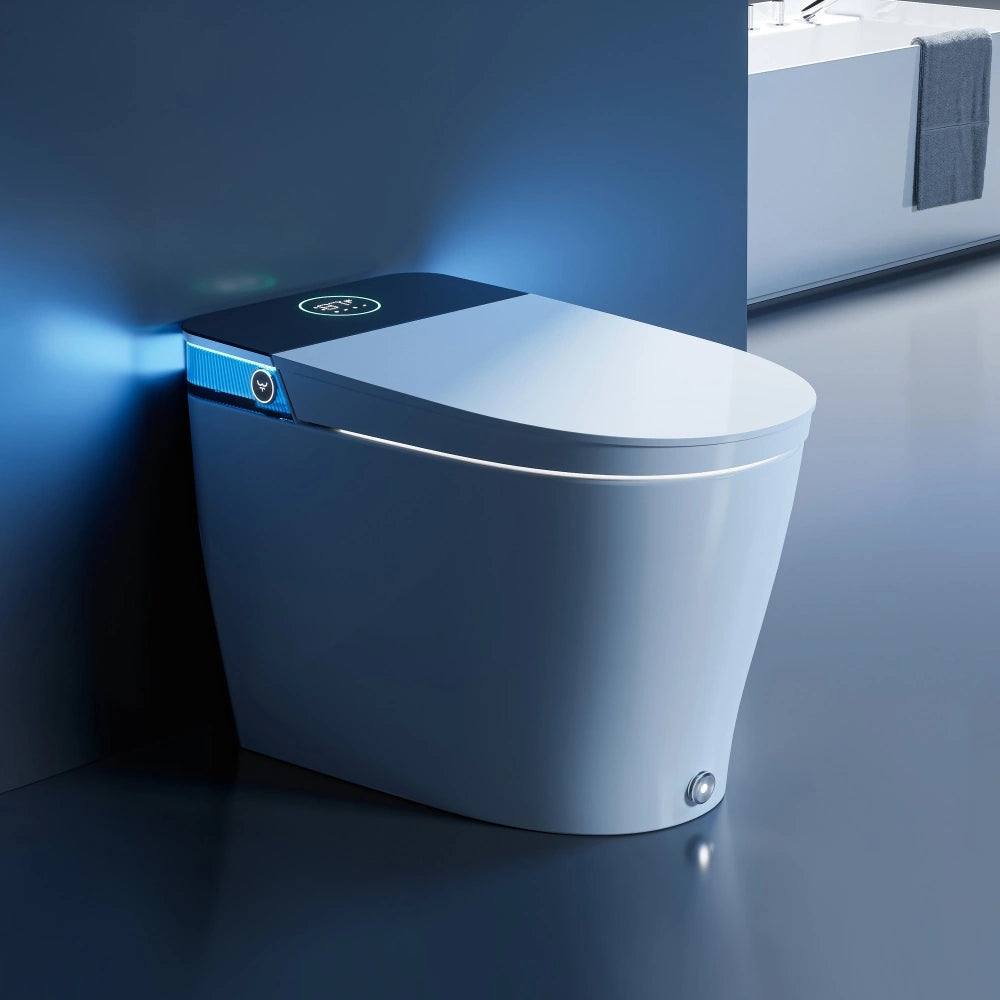
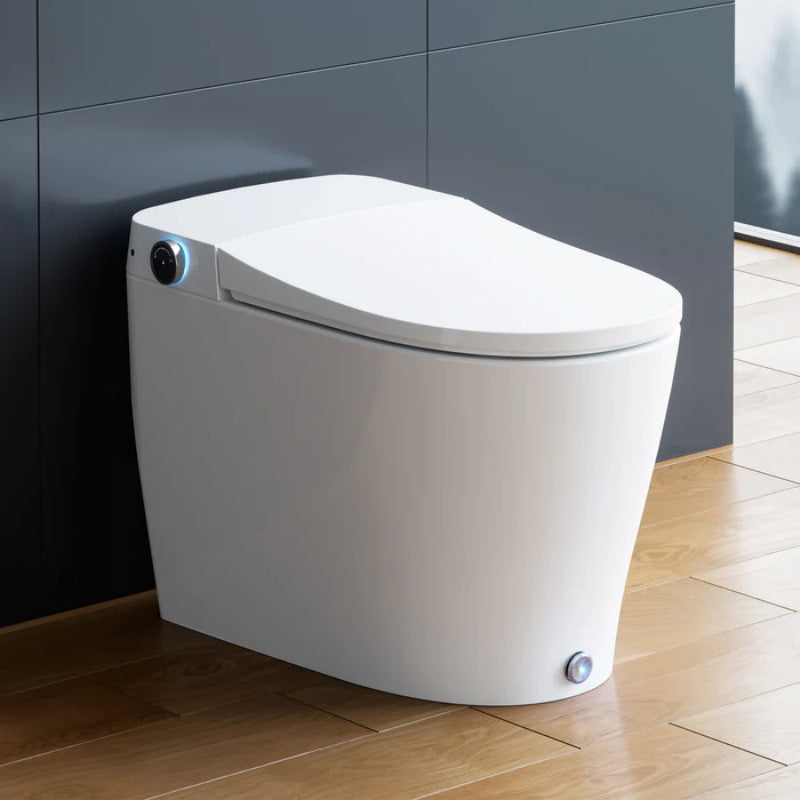
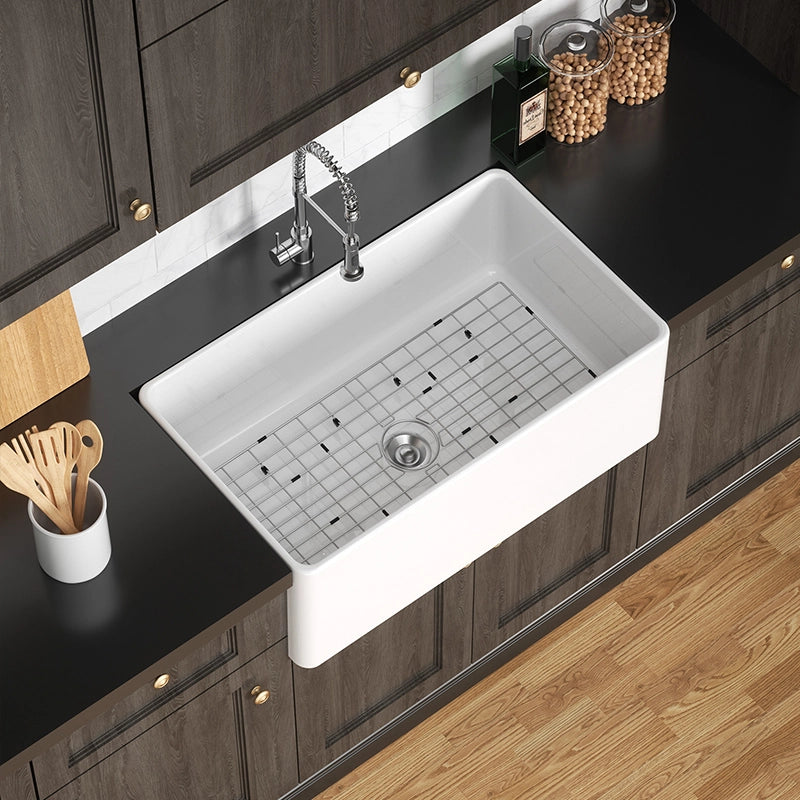
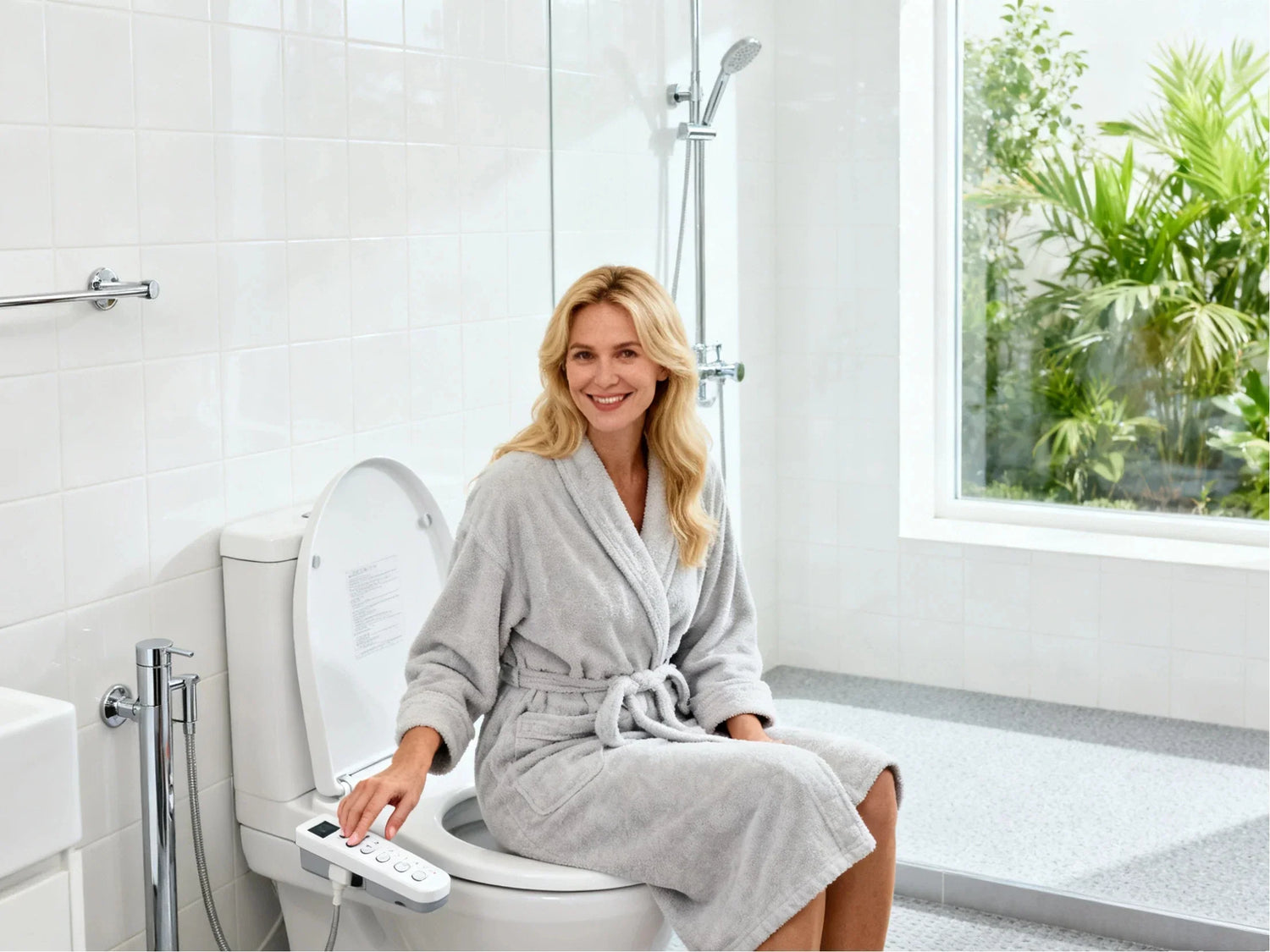
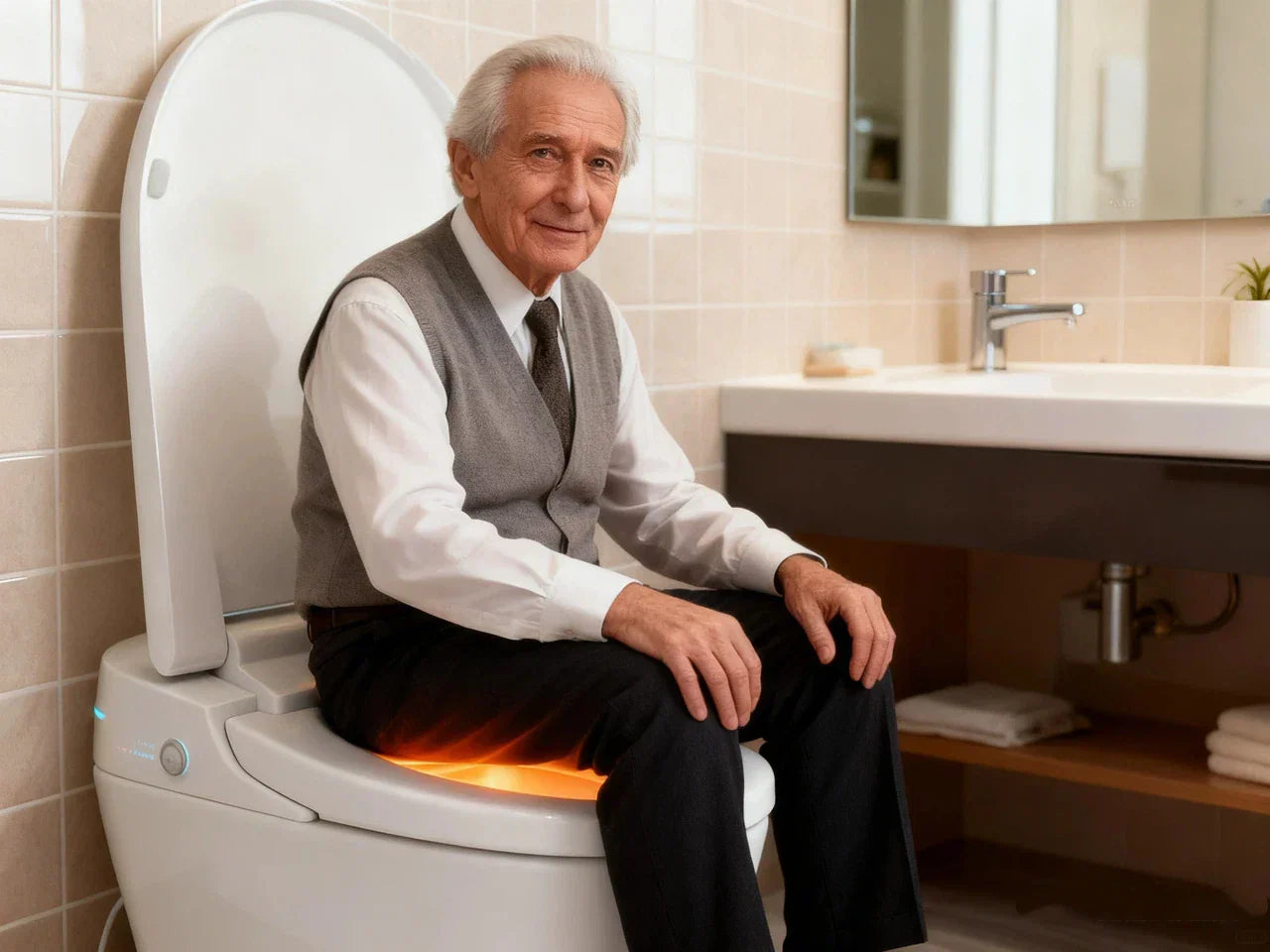


Leave a comment
This site is protected by hCaptcha and the hCaptcha Privacy Policy and Terms of Service apply.